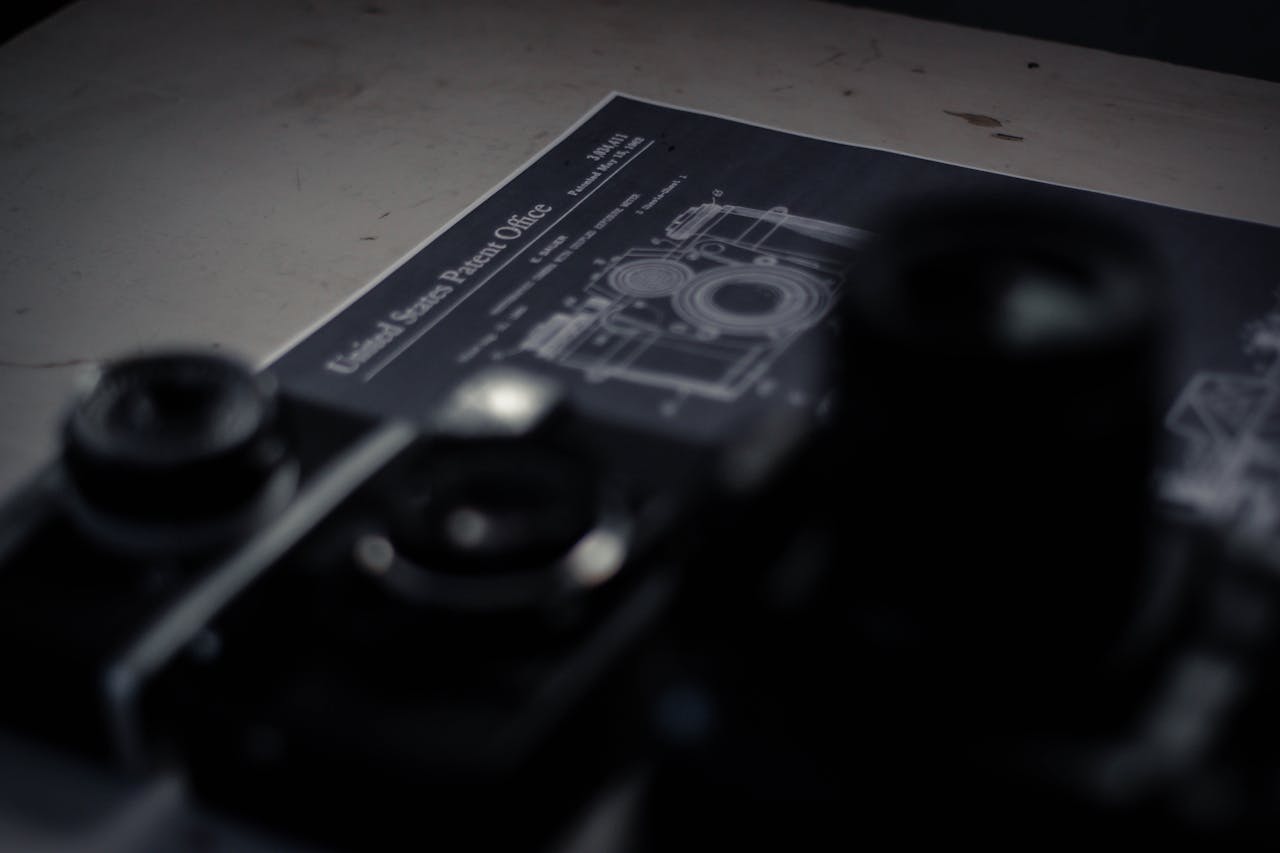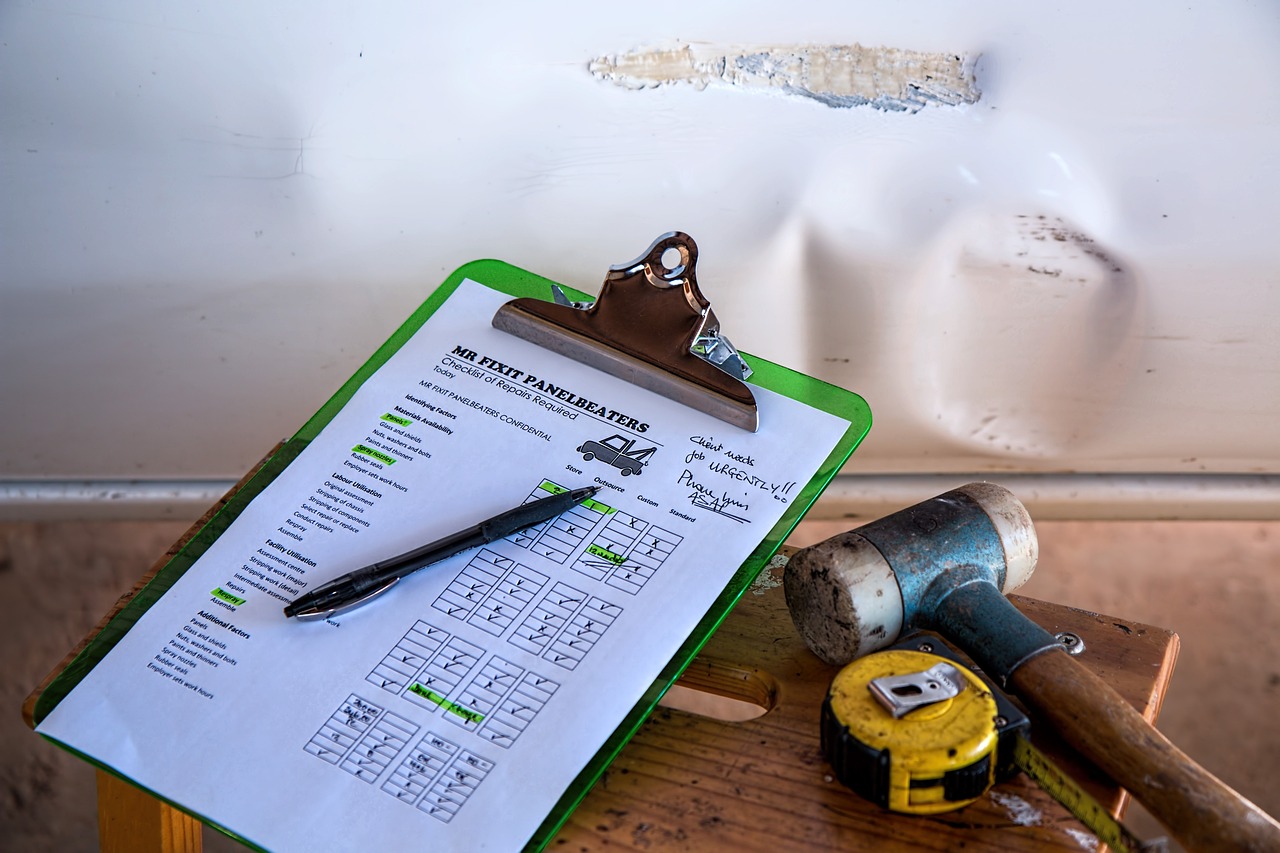Servicios de traducción de documentos de autorización de patentes
Los documentos de autorización de patentes son instrumentos legales cruciales que significan la concesión de una patente por parte de una oficina de patentes. Estos documentos confirman los derechos legales de un inventor o cesionario para proteger su invención y sirven como una referencia clave para hacer valer los derechos de patente contra posibles infractores. La traducción de documentos de autorización de patentes es un campo altamente especializado que exige un profundo conocimiento del lenguaje tanto legal como técnico. En este artículo, se analizarán los diferentes tipos de documentos de autorización de patentes, los desafíos que implica traducirlos y las mejores prácticas para garantizar traducciones precisas y confiables.

Mejores prácticas para traducir documentos de autorización de patentes

Colaboración con expertos legales y técnicos
- Dada la naturaleza compleja de los documentos de autorización de patentes, suele ser beneficioso para los traductores trabajar en estrecha colaboración con expertos legales y técnicos. Estos expertos pueden brindar información y orientación valiosas sobre términos legales y técnicos específicos, lo que garantiza que la traducción sea precisa y adecuada para la jurisdicción de destino.
Uso de herramientas de traducción especializadas
- El uso de herramientas de traducción especializadas, como sistemas de memoria de traducción y bases de datos terminológicas, puede ayudar a mantener la coherencia en proyectos de traducción de patentes grandes y complejos. Estas herramientas permiten a los traductores almacenar y reutilizar contenido traducido previamente, lo que garantiza que se utilicen los mismos términos y frases de manera uniforme en todo el conjunto de documentos.
- Las bases de datos terminológicas son especialmente útiles para gestionar el vocabulario especializado que se utiliza en el derecho de patentes y en campos técnicos específicos. Estas bases de datos se pueden personalizar para incluir traducciones preferidas, términos legales y jerga técnica, lo que ayuda a garantizar que la traducción sea precisa y coherente.
Procesos de aseguramiento de la calidad
- La implementación de un proceso riguroso de control de calidad es esencial para garantizar la precisión de las traducciones de patentes. Este proceso debe incluir varias rondas de revisión, incluidas comprobaciones de precisión legal, corrección técnica y calidad lingüística. El proceso de control de calidad también puede implicar la validación por parte de un segundo traductor o experto legal para detectar errores o ambigüedades.
- Se deben utilizar glosarios, guías de estilo y materiales de referencia para garantizar que las traducciones cumplan con los estándares requeridos y mantengan la coherencia en todos los documentos.
Entendiendo el contexto legal
- Los traductores deben tener un conocimiento profundo del contexto legal en el que se utilizarán los documentos de autorización de patentes. Esto incluye el conocimiento de las leyes y regulaciones de patentes en la jurisdicción de destino, así como de los requisitos específicos para los documentos de autorización de patentes. Comprender el contexto legal ayuda a garantizar que la traducción no solo sea precisa, sino también legalmente válida y ejecutable.
Formación Continua y Desarrollo Profesional
- El campo de la traducción de patentes está en constante evolución, con nuevas tecnologías, avances legales y mejores prácticas que surgen con regularidad. Los traductores de patentes deben participar en una formación y un desarrollo profesional continuos para mantenerse al día con las últimas tendencias y avances en la traducción de patentes. Esto puede incluir asistir a conferencias de la industria, participar en programas de formación especializados y mantenerse informados sobre los cambios en la legislación y la tecnología de patentes.
Desafíos en la traducción de documentos de autorización de patentes
Precisión legal
- Los documentos de autorización de patentes son jurídicamente vinculantes y cualquier inexactitud en la traducción podría dar lugar a disputas legales, pérdida de derechos de patente o dificultades para hacer cumplir la patente. Los traductores deben tener un buen conocimiento de la terminología y los conceptos jurídicos para garantizar que la traducción sea precisa y legalmente sólida.
Complejidad técnica
- Muchas patentes implican cuestiones técnicas complejas y los documentos de autorización suelen hacer referencia a aspectos técnicos específicos de la invención. Los traductores deben tener un conocimiento profundo del campo técnico pertinente para traducir estos documentos con precisión. La mala interpretación o la traducción incorrecta de términos técnicos pueden dar lugar a problemas importantes, como una interpretación errónea del alcance de la invención.
Diferencias culturales y jurisdiccionales
- Los distintos países tienen sistemas jurídicos diferentes, y la forma en que se otorgan y se hacen cumplir los derechos de patente puede variar significativamente de una jurisdicción a otra. Los traductores deben ser conscientes de estas diferencias para garantizar que los documentos traducidos sean apropiados para la jurisdicción de destino. Esto incluye comprender cómo los términos y conceptos legales pueden diferir entre los idiomas de origen y destino.
Coherencia entre documentos
- Los documentos de autorización de patentes suelen formar parte de un conjunto más amplio de documentos relacionados con el proceso de solicitud y tramitación de la patente. Es fundamental que la traducción de estos documentos sea coherente con los demás documentos relacionados, como la solicitud de patente, las acciones de la oficina y la correspondencia legal. Las incoherencias pueden dar lugar a confusión o a impugnaciones legales.
Requisitos estrictos de formato y estructura
- Los documentos de autorización de patentes deben cumplir con pautas específicas de formato y estructura, según lo exijan las oficinas de patentes. Los traductores deben asegurarse de que los documentos traducidos cumplan con estas pautas, lo que incluye mantener la numeración correcta de las reivindicaciones, secciones y referencias. Cualquier desviación del formato requerido podría resultar en el rechazo del documento por parte de la oficina de patentes.

Por qué elegirnos
Presupuesto de traducción
El precio de nuestros servicios de traducción depende de los siguientes factores:
- Complejidad profesional y complejidad de los datos
- Lengua de origen
- Lengua de llegada
- El volumen total de datos que hay que traducir
- Complejidad técnica del tratamiento
- Limitaciones de tiempo
- Especificaciones de diseño
- Ratio de vocabulario especializado
- La necesidad de revisores extranjeros y el nivel de urgencia, etc.
Para obtener el presupuesto más preciso para su proyecto de traducción empresarial, lo mejor es que rellene nuestro formulario de presupuesto.

